|
A new Jovian exoplanet was recently discovered by Dr. Thayne Currie and team, using a one-of-a-kind technique which could forever change the way we hunt exoplanets. By Johina Maria Edited by Lauren Koenig A massive, gaseous planet 16 times the size of Jupiter and located far beyond our solar system was recently detected by scientists using a telescope on the peak of Hawaii’s tallest volcano. The discovery was dubbed a Jovian exoplanet due to its location outside the solar system and its Jupiter-like qualities -- the cloudy planet is enormous and appears to be made of gas. The technique used to pinpoint the planet is just as novel as the finding itself, which was published on ArXiv in late November 2022. An international team of researchers led by Dr. Thayne Currie from the National Astronomical Observatory of Japan describe their process involving the combination of direct imaging (in which exoplanets are observed using ground-based telescopes) with high precision astrometry (a method for imaging far-away planets using precise measurements of their position and motion). The new imaging strategy could not only change how we perceive and hunt exoplanets, but also pave the way towards figuring out whether these other worlds could one day support human life. A giant gas planet Light years away from Earth, the giant gas planet, officially named HIP 99770b, orbits a dusty star much brighter than our sun. Both planets receive a similar amount of sunlight from their host stars. Unlike Jupiter, however, this planet is older than most other worlds discovered so far. Because of its age and slightly cloudy atmosphere, scientists may be able to study this planet to learn how gaseous planets evolve. The hunt for exoplanets Usually, hunting exoplanets involves scanning the sky, rather than zeroing in on any particular known target. Planet hunters use a variety of methods to find exoplanets like the radial velocity method, transit photometry or direct imaging. These techniques are also used by surveys, like NASA’s popular TESS Mission, which conduct a blind search for exoplanets. The Radial Velocity Method The Radial Velocity Method is an indirect method to find exoplanets by looking at the colour of the stars as seen from earth. Planets tug at their stars, which slowly affects their speed. Using a spectrograph, the stars subsequently appear redder or bluer depending on whether they are being pushed away from us or towards us - a phenomenon known as the Doppler effect. If there is no change in the star’s colour overtime, we know that there is nothing else exerting gravity nearby. But if there is a slight change in colour, we can conclude the star hosts a small companion - an exoplanet - in close orbit. This radial velocity method was the most popular method to find Jovian exoplanets until 2012. The radial velocity method. Credit: European Southern Observatory Transit Method The transit method involves spotting when a planet passes in between our viewing point and a star. It’s like the planet is saying “Hi, I’m here!” by creating what is known as a transit signal -- the brightness of the stars suddenly drops when the planet is passing right in front and jumps back up again after the transit. NASA’s TESS mission has found thousands of exoplanets using this method. The transit method: From a certain viewpoint, a planet passing in front of its host star dims the brightness of the star as shown by the dip in the brightness vs. time graph. Credit: NASA Direct Imaging Direct imaging provides the most high-quality, detailed images compared to other methods. These blind search surveys scan the sky for exoplanets and find a few target exoplanets that can be imaged from the earth using ground based telescopes. Many astrophysicists choose which exoplanets to photograph solely based on survey information that reveals how old they are and their mass this is so they can understand how planets have evolved over time and to study the habitability of earth-like worlds with almost earth-like masses. Just because a planet meets a researcher’s age or mass requirements though, doesn’t mean it will also be easy to capture in a photo. High-precision astrometry Fortunately, high-precision astrometry is yet another method that can help overcome the obstacles faced by researchers using direct imaging. High-precision astrometry can pick out stars that host exoplanets by tracing their motion across the sky. Compared to solo stars which tread along under their own pace, stars with exoplanets demonstrate an accelerated speed due to the planet’s gravitational pull. Once host stars are identified, their position in the sky and motion can be used to pinpoint the exact location of their resident planets. Then these exoplanets can be imaged directly from the earth to accurately find their mass, age and other intricate information. The benefits of high-precision astrometry are being demonstrated by the European Space Agency’s Gaia survey, which is currently mapping the galaxy in intricate detail and providing precise measurements for the position, distance and motion of stars throughout the universe. According to the European Space Agency, this technique enables them to measure the distances of the nearest stars within 0.001% accuracy -- a feat similar to measuring the diameter of a human hair from 1000 km away. Currie and the rest of the research team realized that combining high-precision astrometry with direct imaging would give them the advantages of both - precision of position and accuracy of information. What this means for planet hunters Blind search surveys may potentially be able to be abandoned in favor of Curry’s new method, ultimately allowing researchers to learn about exoplanets in striking new detail. HIP 99770b, the cloudy Jovian exoplanet, is a testament that this coupled method works. It allows for targeted searches, drastically cutting costs on exoplanet hunting missions, making exoplanet hunting more accessible than before. Researchers may also soon be able to look deeper into space with the advent of even better imaging technology, such as TMT International Observatory’s planned Thirty Meter Telescope, which could open up a whole new pool of exoplanets to be explored. As the search for habitable exoplanets continues, Curry’s method brings us one step closer towards discovering other Earth-like planets that could sustain human life.
|
Archives
February 2023
DiscovHER BlogScientista DiscovHER is a blog dedicated to discovHERies made by women in science. Follow us for links to the latest resHERch! Categories
All Alexandra Brumberg Amy Chan Avneet Soin Chemistry Diana Crow Engineering Health/medicine Indulekha Karunakaran Iqra Naveed Johanna Weker Lidiya Angelova Michael Clausen Mind Brain And Behavior Muhammad Hamza Waseem Nikarika Vattikonda Opinion Prishita Maheshwari-Aplin Technology Uma Chandrasekaran |
The Network for Pre-Professional Women in Science and Engineering
The Scientista Foundation is a registered 501(c)(3) -- Donate!

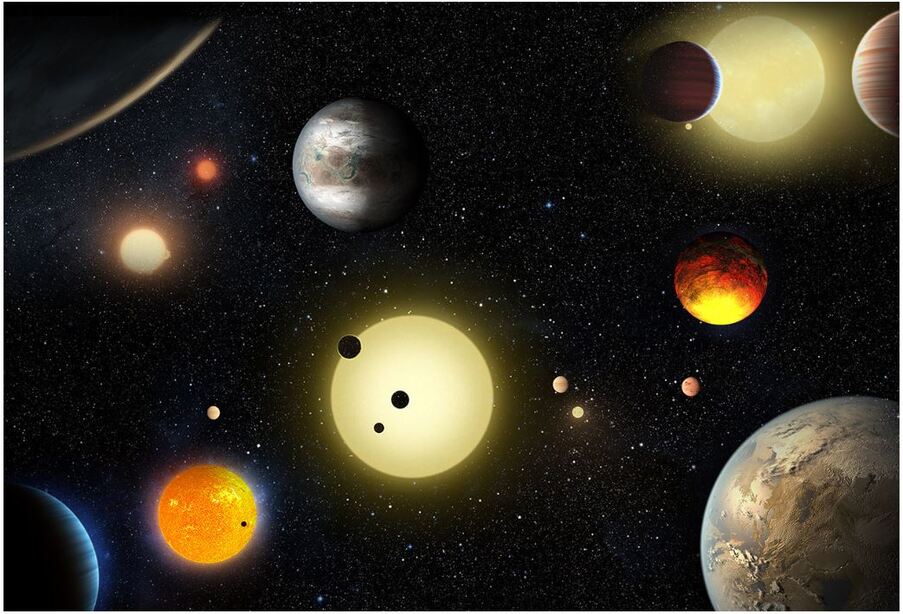
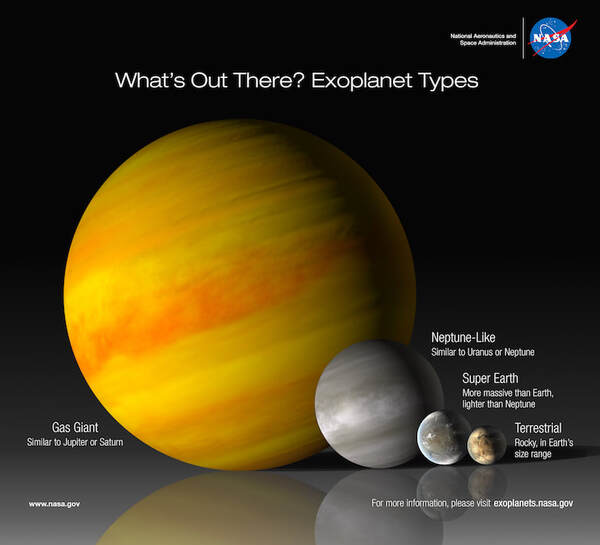
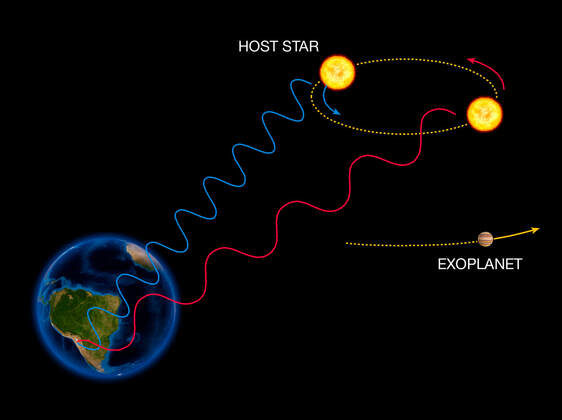
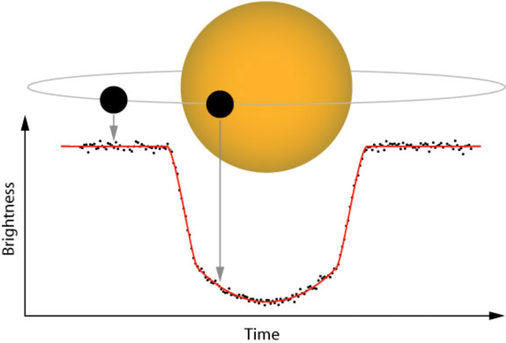
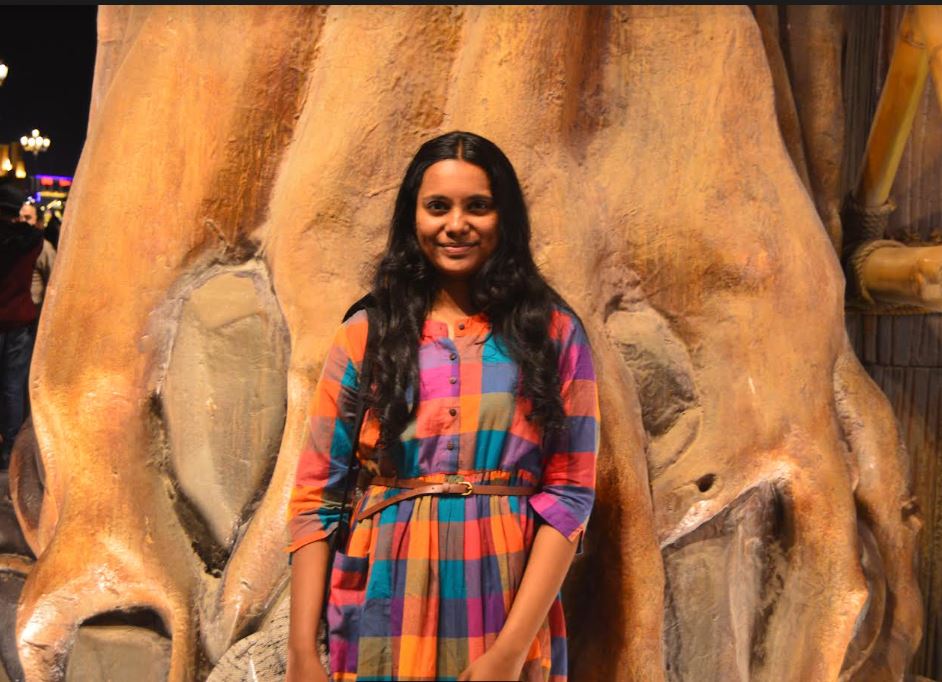
 RSS Feed
RSS Feed